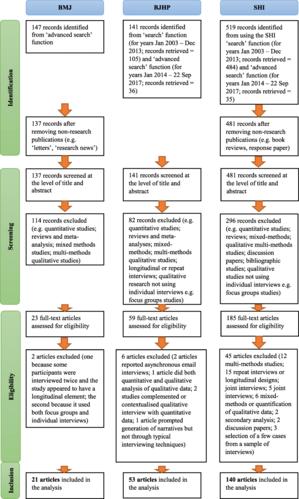HPAPI Studies: A Comprehensive Overview for You
Have you ever wondered about the fascinating world of HPAPIs? If so, you’re in for a treat. HPAPI, or High Potency Active Pharmaceutical Ingredients, are a crucial component in the pharmaceutical industry. They are the active ingredients in medications that are potent enough to cause harm if not handled properly. In this article, we will delve into the various aspects of HPAPI studies, providing you with a detailed and multi-dimensional introduction.
Understanding HPAPIs
HPAPIs are substances that have a high level of toxicity or potential for harm. They are used in the production of medications that can treat serious diseases, such as cancer, HIV/AIDS, and certain neurological disorders. However, due to their potent nature, they require special handling and storage to ensure safety.

HPAPIs can be found in various forms, including solid, liquid, and powder. They are often used in injectable medications, as well as in oral and topical formulations. Some common examples of HPAPIs include docetaxel, bortezomib, and imatinib.
Regulatory Considerations
Regulatory authorities, such as the FDA and EMA, have strict guidelines for the handling and production of HPAPIs. These guidelines are designed to ensure the safety of both healthcare professionals and patients. Here are some key regulatory considerations:
| Regulatory Authority | Key Guidelines |
|---|---|
| Food and Drug Administration (FDA) | Compliance with Good Manufacturing Practices (GMP), proper handling and storage of HPAPIs, and training of personnel. |
| European Medicines Agency (EMA) | Similar to the FDA, the EMA requires compliance with GMP, as well as additional measures such as risk management plans and environmental considerations. |
Handling and Storage
Handling and storing HPAPIs correctly is essential to prevent accidents and ensure the safety of all involved. Here are some best practices for handling and storing HPAPIs:
-
Use appropriate personal protective equipment (PPE), such as gloves, masks, and lab coats, when handling HPAPIs.

-
Store HPAPIs in a secure, locked area, away from direct sunlight and extreme temperatures.
-
Use dedicated equipment and containers for handling HPAPIs to prevent cross-contamination.
-
Follow proper waste disposal procedures for HPAPIs and their packaging.
Research and Development
HPAPIs are a key focus in pharmaceutical research and development. The development of new medications containing HPAPIs requires extensive testing and validation to ensure their safety and efficacy. Here are some key aspects of HPAPI research and development:
-
Preclinical studies to evaluate the safety and efficacy of HPAPIs in animal models.
-
Phase I clinical trials to assess the safety and pharmacokinetics of HPAPIs in humans.
-
Phase II and III clinical trials to further evaluate the efficacy and safety of HPAPIs in larger patient populations.
-
Regulatory submissions and approval processes.
Case Studies
Let’s take a look at a few case studies to better understand the importance of HPAPI studies:
Case Study 1: Docetaxel
Docetaxel is a taxane chemotherapy drug used to treat various types of cancer, including breast, lung, and prostate cancer. The development of docetaxel involved rigorous preclinical and clinical studies to ensure its safety and efficacy. Special attention was given to the handling and storage of the drug, as it is classified as an HPAPI.
Case Study 2: Bortezomib
Bortezomib is a proteasome inhibitor used to treat multiple myeloma and mantle cell lymphoma. Similar to docetaxel, the development of bortez












